
A-Z of Barton Hill Streets
Before the demolition started in the 1950s and 1960s , Barton Hill was a compact densely populated area with distinctive sub districts. A settled community evolved with strong kinship ties and deeply rooted neighbourhood relationships. Hard economic experiences tied the community together.
Place, time, age and employment determined the human relationships of Barton Hill. Generation after generation lived in the same street, went to the same place of work, the same schools and visited the same pubs!
Barton Hill appeared to live “Like one big happy Family”
“Almost as one community, that their homes and household tasks seemed to be interchangeable. “ Hilda Jennings in 1962.
Before the demolition started in the mid 1950’s there were 54 streets! We aim to produce an A-Z of these streets using photos, maps or street directory listings. Whenever possible a personal memory will also be included. For further information on highlighted topics please use the relevant links.
🔑
If you have any photos, memories or information which would help us create as full an archive as possible then please get in touch
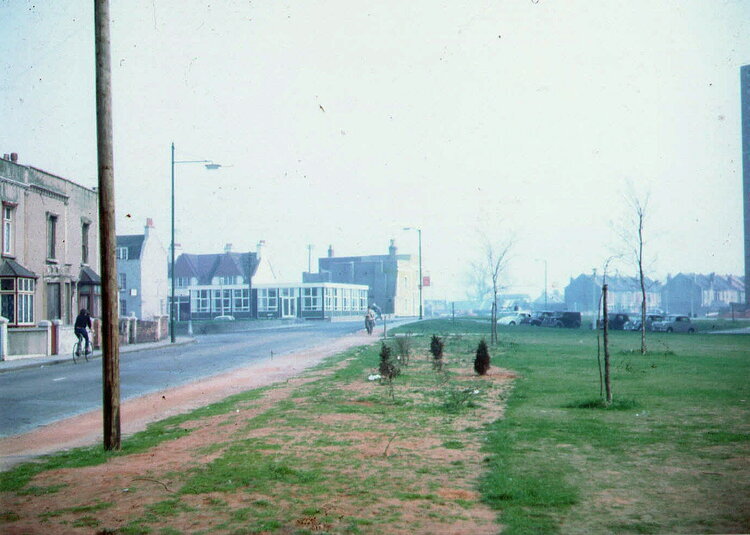
“Bartonians thus felt not only they belonged to Barton Hill, but that to a considerable extent it belonged to them.“
Hilda Jennings (1962)
Aiken Street 1953
Aiken Street 1960
Avonvale Road and St. Luke's Church
Avonvale Road shops
Barton Hill Road
Barton Hill during the mid 1960's. The University Settlement in the background. Terraced houses of Barton Hill Road still there., but not for long. New grass outside the flats.
Barton Hill Road and The Royal Table.
"As a child I remember walking past these houses while going to Days Road/Barrow Road Bridge with my parents. They were empty then in the early 70s but I remember being scared as they looked so scary when empty and boarded up. My dad use to knock the door knockers and I was scared someone was going to come out." Glynda Tanner (2020)
Ducie Road. "That's nurse Annie Hill. She was local midwife I've mention before and a friend of my Gran. Looking at your Ducie Road post of 2 August you will see she lived at no. 42 in 1953. I can remember her face and I think she passed on in the early to mid 1960's. Claimed to have delivered most babies on Barton Hill but not me as I was a hospital and not a home birth. " Ray Jones (2020)
Bush Street. Circa 1955. See BHHG website link below.
Bush Street
Chancery Street. “We lived on the corner of Atchley Street and Chancery Street. Mum and dad owned the off licence, which was our house. My grandparents lived next door they received about 200 pound compulsory purchase for it. “ Robin (2020)
Kelly's directory for Factory Street
Maze Street. Factory Street mission to the left. Cotton factory in the background. Maze Street School to the right. Loxton sketch circa 1900.
Bush Street Kelly's directory
Corbett Street Circa early 1960's. See BHHG website link below.
Corbett Street, Beam Street, Mildred Street and Avonvale Road on the mid 1950's planning map. See link to tha amazing Know Your Place website https://maps.bristol.gov.uk/kyp/?edition=
Digby Street
Ducie Road and the University Settlement. Circa 1950.
Great Western Lane. Circa 1950.
Maze Street Kell's directory
Winstanley Street by Stephen Dowle. "About halfway down on the left is where a local newspaper man lived. Last name of Pierce. Back in the late 1940's I used to help him deliver the Green'un and Pink'un on a Saturday evening. I got paid thrupence which in turn, I spent by going to the News Theatre to see the cartoons and other films. " Mervyn Brooks.
Richmond Street.
Maze Street. Kelly's directory for
Maze Street Kell's directory.
Regent Street.
Barton Hill pre 1955. Feeder Canal to the left. The rest is rows and rows of terraced houses
Barton Hill Pre 1955 with a few street names.
Maze Street and Great Western Street. Circa 1950.




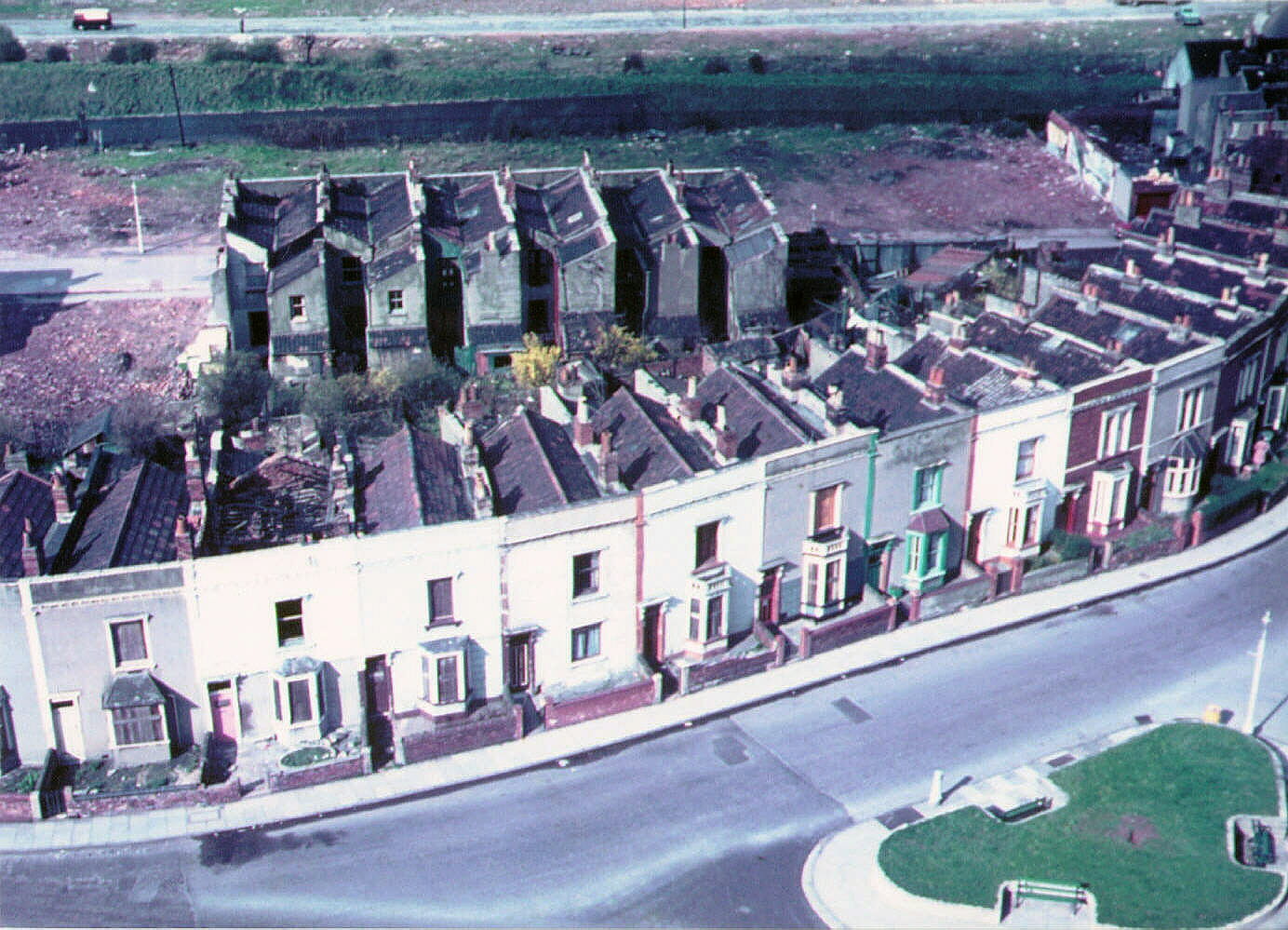


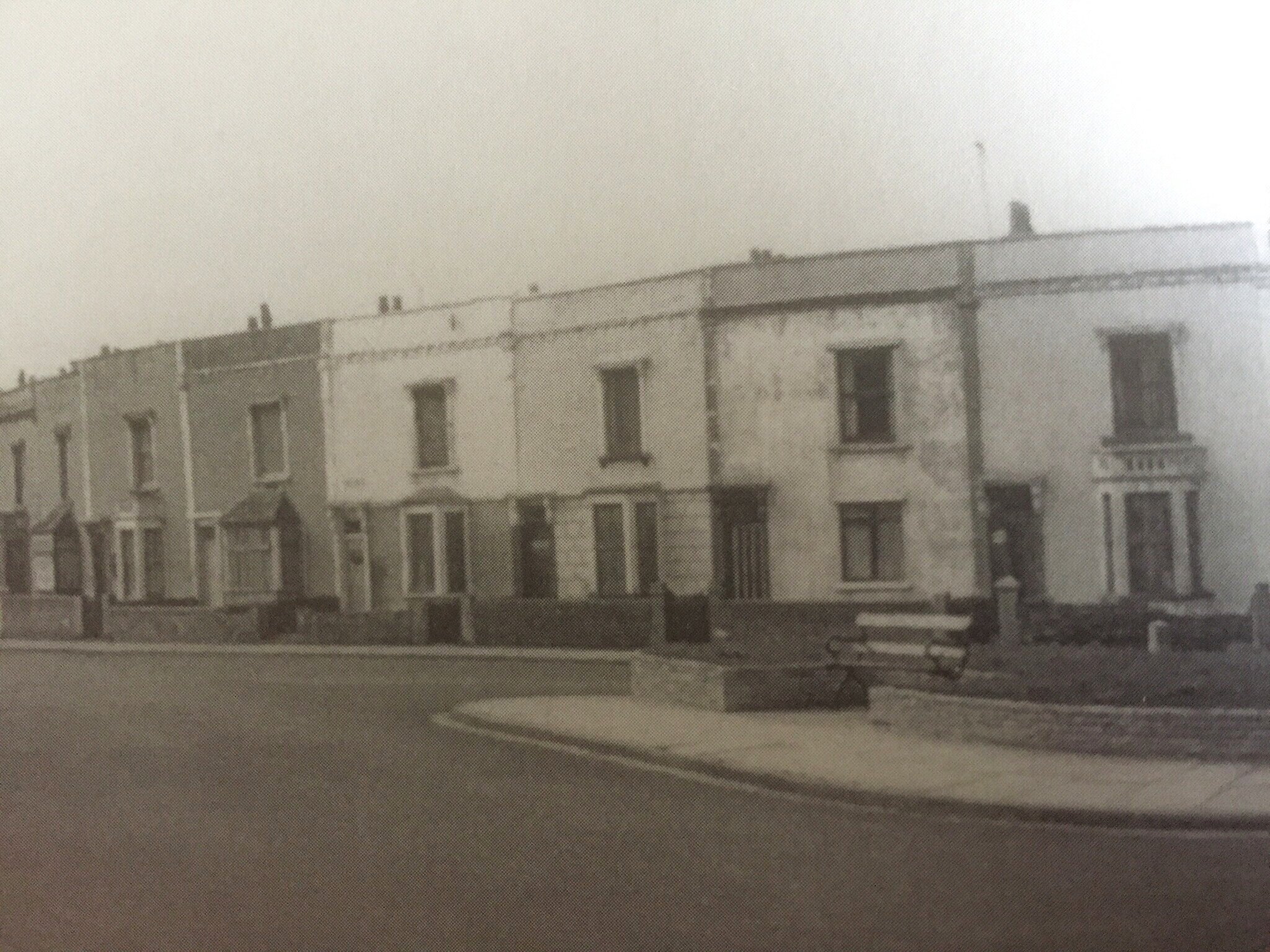

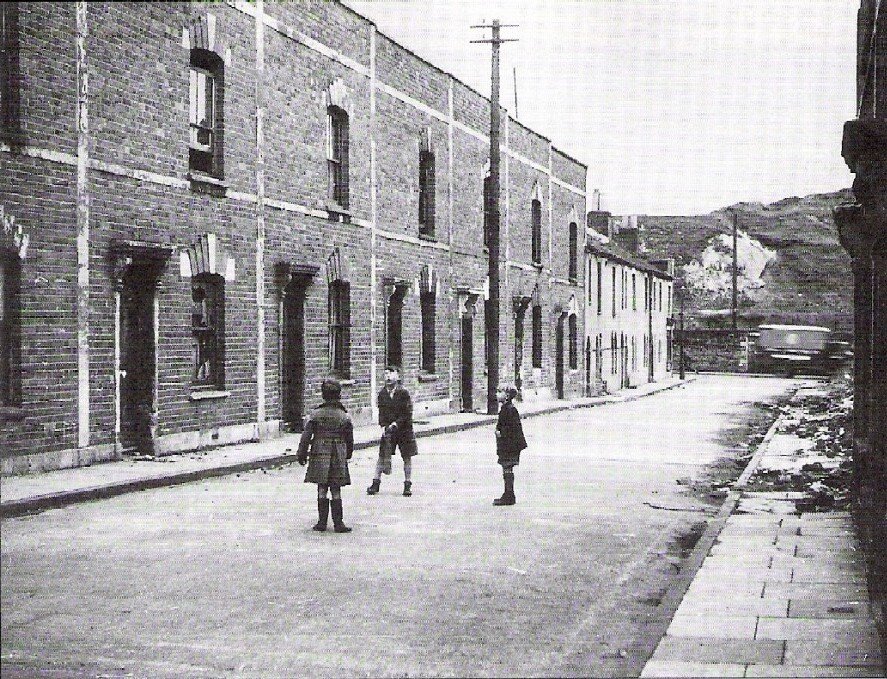
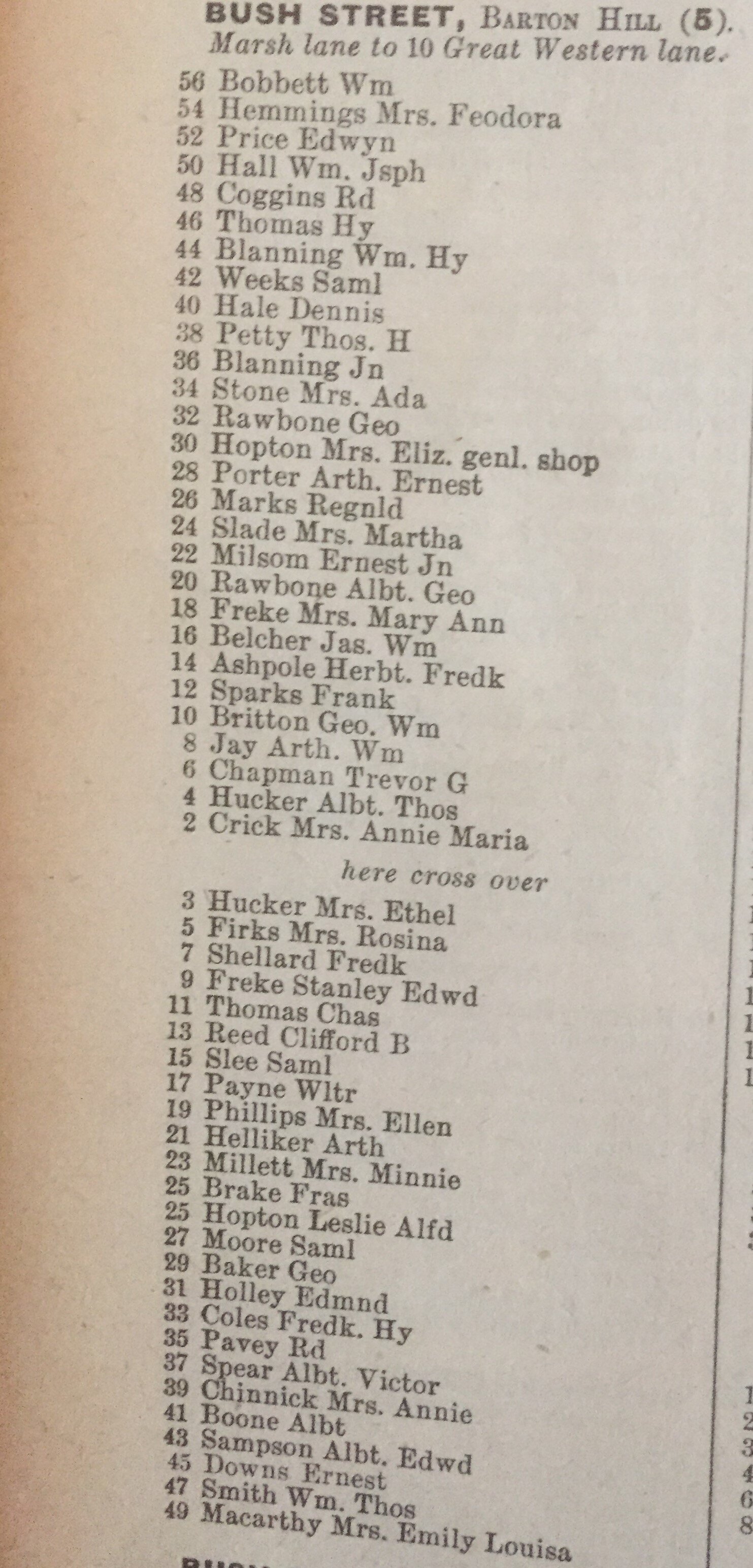
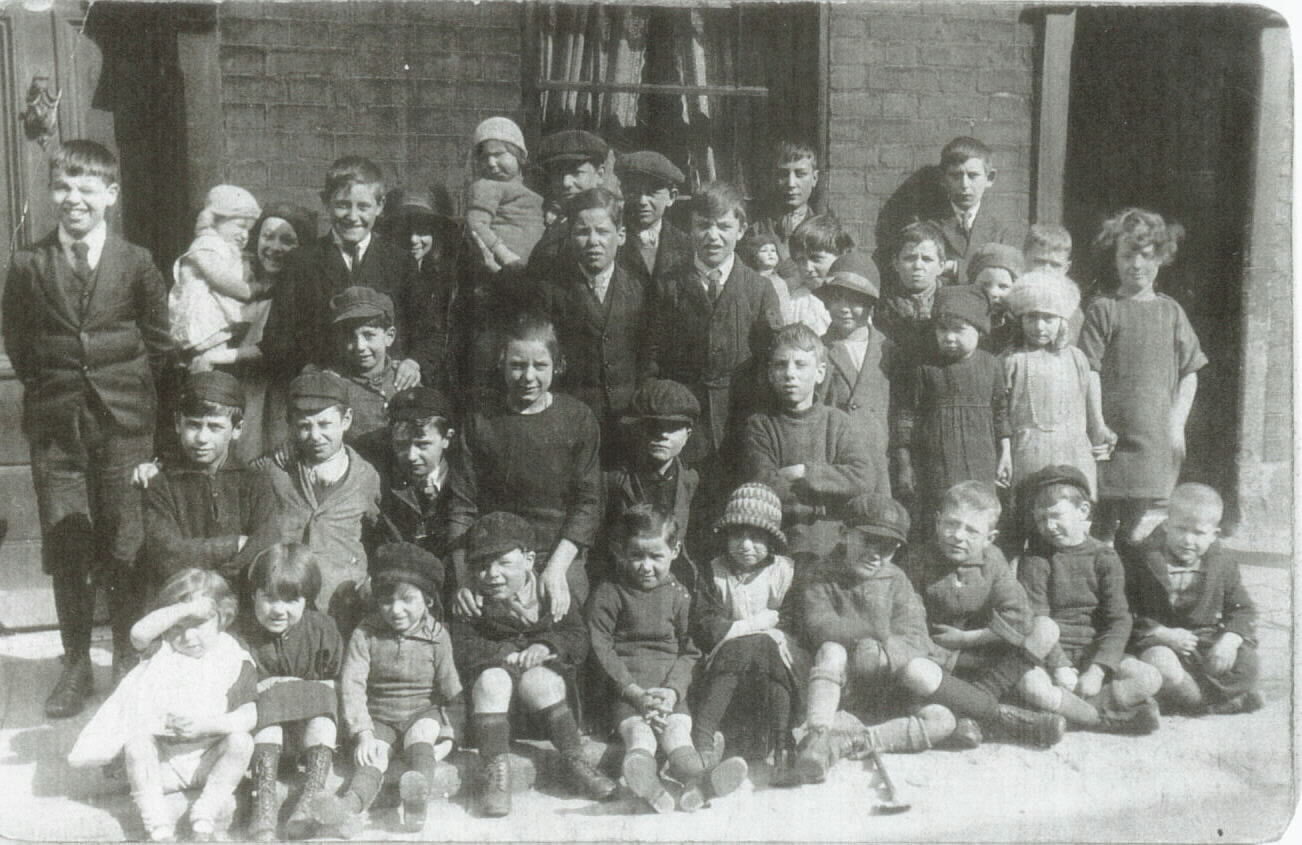







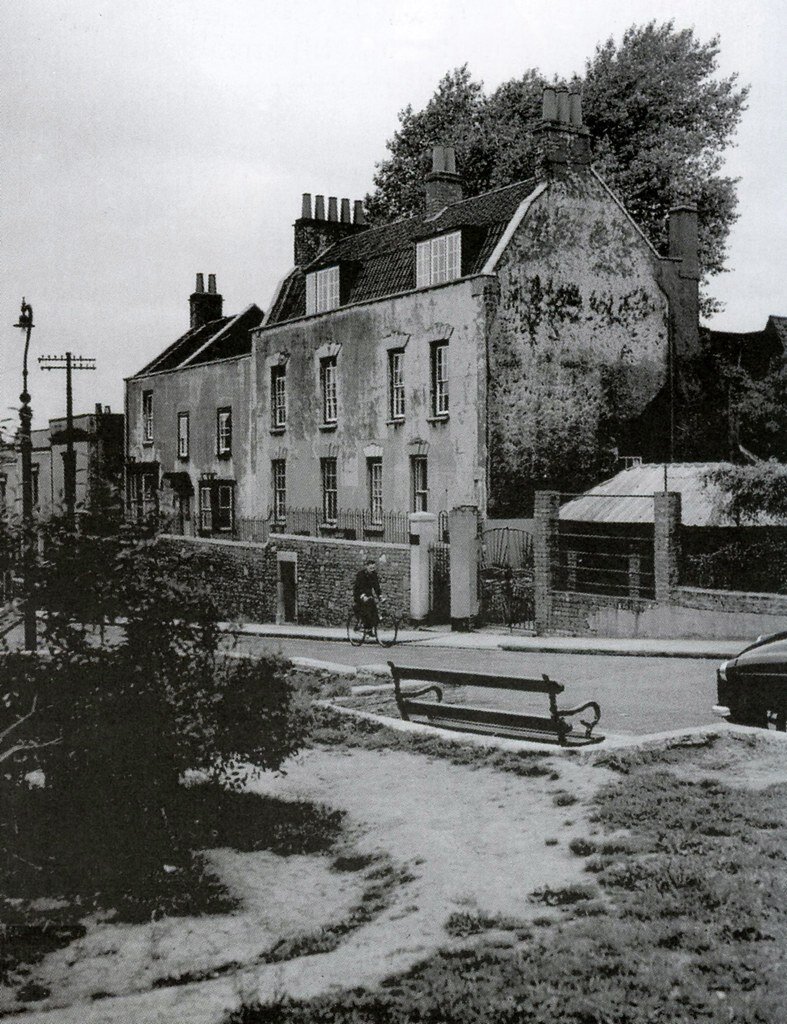
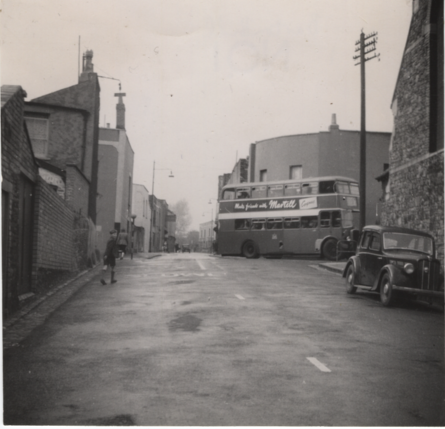

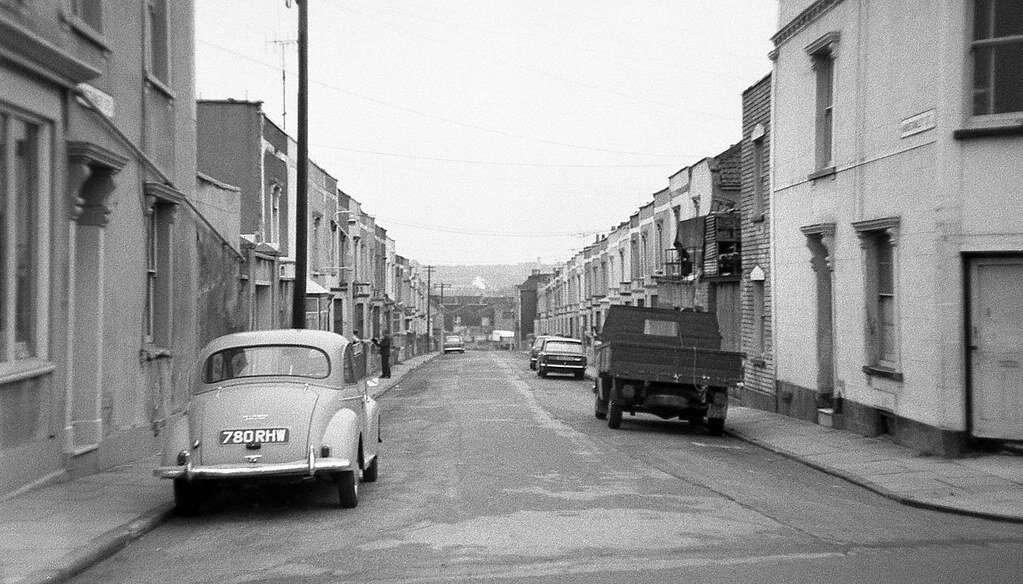






![Barton Street[2549].jpg](https://images.squarespace-cdn.com/content/v1/5f70b3bd55965172d2d15cee/1606411826172-TBHTE7JEMUN0PC5YY2OA/Barton+Street%5B2549%5D.jpg)


